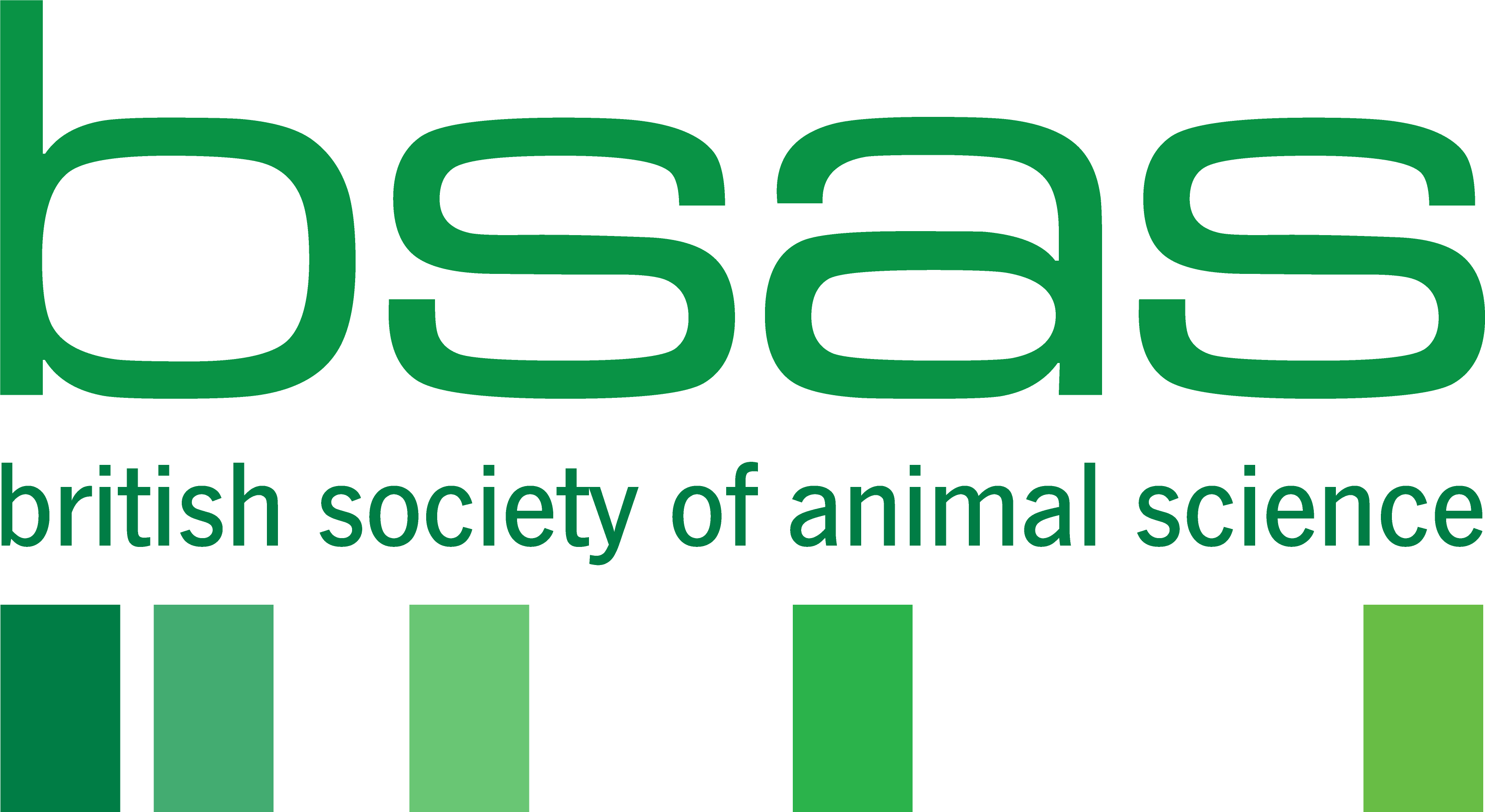Review: The amazing gain-to-feed ratio of newly weaned piglets: sign of efficiency or deficiency?
Theo A.T.G. van Kempen, Tetske G. Hulshof, Walter J.J. Gerrits, Ruurd T. Zijlstra
https://doi.org/10.1016/j.animal.2023.100987
Summarised by Georgina Smith
Considerations raised by this review:
-
We may need to reformulate nursery diets
-
Newly weaned piglet performance data can be easily misinterpreted
-
Current weaning practices may encourage refeeding syndrome
-
Initial weight gain post-weaning is explained by insulin-induced edema
Background: Historically we have seen a dramatic gain-to-feed ratio in newly weaned piglets whereby the piglets are gaining almost equal mass to that which they are consuming. However, piglets can struggle to adapt to the sudden change in diet and environment immediately post-weaning which manifests as low feed intake for around the first week. Further, their maintenance requirements will be high in this period due to weaning stress and associated energy demands. Van Kempen and colleagues comment that although this gain-to-feed ratio phenomenon has previously been accepted as simply a remarkable quality of newly weaned piglets, the efficacy should be questioned so as not to misinterpret performance data of nursery piglets.
Methodology: A growth model was calculated using existing energy requirement calculations (see article for citations), with adjustments made for logical differences between grower-finisher pigs and newly weaned piglets. The model was compared to actual performance data to determine accuracy in predictions. Dry matter (DM) analysis of key muscle tissue and bio-electrical impedance was conducted to further investigate the gain-to-feed ratio phenomenon.
Findings: It was suggested that 207-227 g/d feed is a minimum range for maintenance requirements and that the requirements will be 12% greater in the first week post-weaning (Kies, 2005). Despite these estimations, the modelling showed piglets could be on 0 g/d feed intake and not lose weight, which highlights the need for further explanation of the phenomenon. The DM content of Biceps femoris dropped at around 7 days post-weaning, as did the bio-electrical impedance, suggesting that the remarkable weight gain seen in newly weaned piglets is caused through increase in water retention rather than increased protein or fat stores. The authors go on to explain the plausibility of this hypothesis with regard to the diet and feeding behaviours of newly weaned piglets. Pre-weaning piglets are used to a trickle feeding of sow milk providing near constant nutrient supply through the digestive system, thus minimising any glucose or insulin peaks associated with fasting and large meal behaviours. The high glycaemic index of grain feed combined with an intolerance to insulin (tolerance not built during pre-weaning period), may trigger insulin-induced edema as seen in refeeding syndrome in humans.
Conclusion: The authors reinforce the stresses of weaning and urge readers to consider the impact on systemic and metabolic health. They suggest addressing the formulation of nursery feeds to potentially reduce rapidly digestible carbohydrates, as these, among other discussed factors, may encourage edema through refeeding syndrome. It is this edema that is responsible for the gain-to-feed phenomenon we see in newly weaned piglets.
This is a short summary of the chosen article. Please read the full text available at the DOI at the top of the page to get further detail and information from this study.
